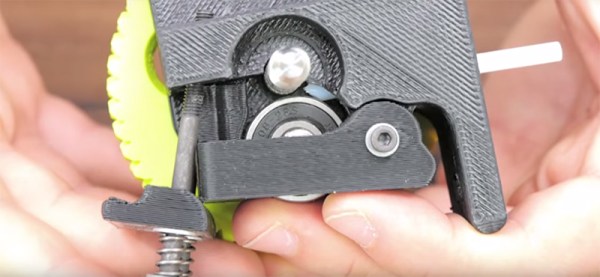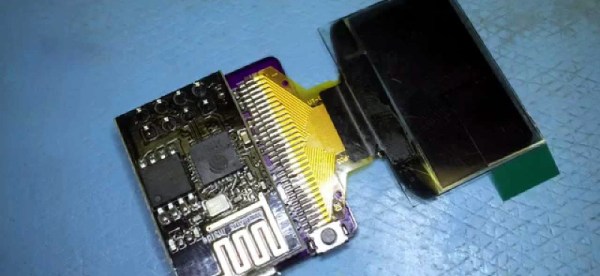[Harris] has an interesting answer to the inevitable question about what he did on his summer vacation: he built a pair of electric roller blades. [Harris] is an Electrical Engineering student at the University of Nottingham, and he completed the first version of what he calls Skelecs just before he went back to college. He has documented the process from the initial concept and building his own controller board, through his failures at correctly drilling the steel base, to his first drive down the road.
His build uses a pair of small 120W hub motors attached to a steel chassis, which is attached to a pair of cannibalized rollerblade boots.
It’s a bit of a Frankenstein build (he currently has the batteries and controller stuffed into a pants pocket, which isn’t really a practical long-term solution), but it works. A bit too well, in fact: [Harris] says that a combination of speed and a bumpy road detached one of the batteries and sent him flying. He’s not letting a minor injury and a bit of blood put him off, though: he’s already started work on version 2, which will use lighter aluminum construction and a pair of omniwheels for easier steering and more control. We’ll believe that claim when we see it.
Remember, powered skateboards are over — non hackers got their hands on them so they’re commonplace. Hipster hackers need to drop that build and start on your own pair of Skelecs.
Continue reading “Powered Skateboards Are Passe; Skelecs The New Hotness”


















